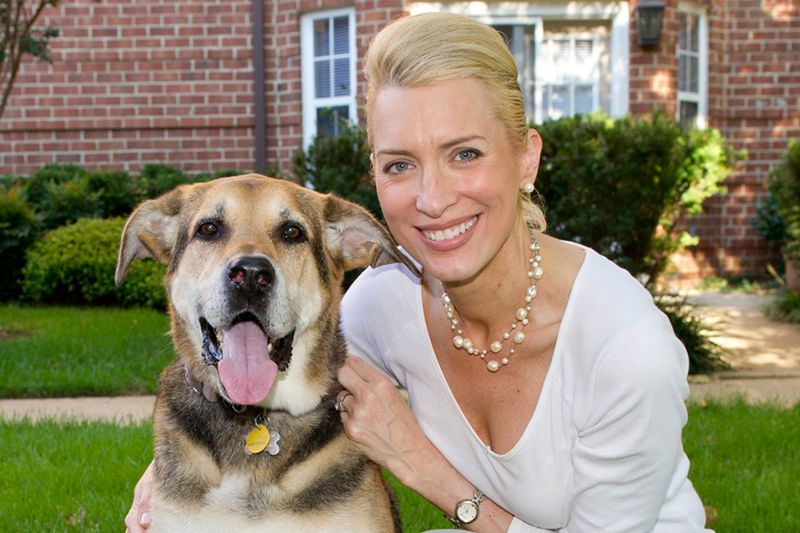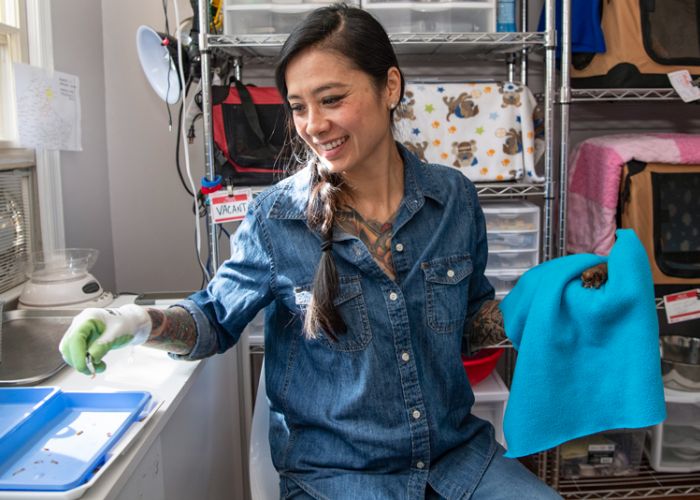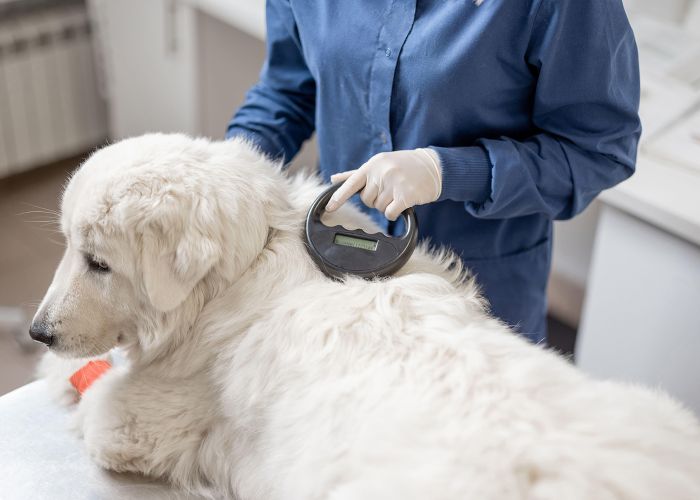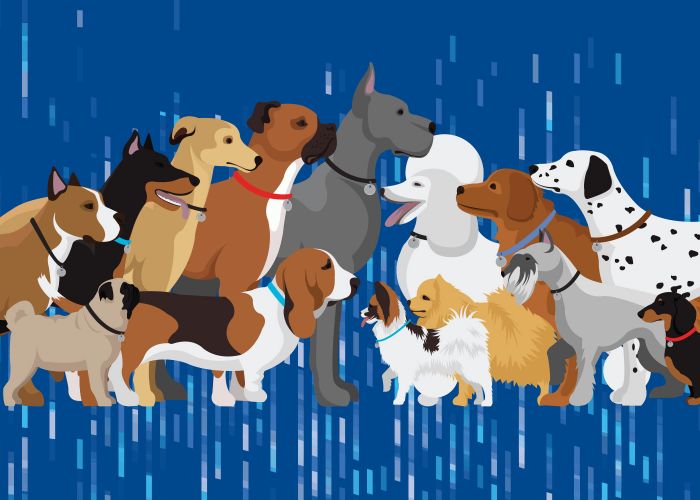Who runs the (animal welfare) world? Girls.
But what does that mean for our field?

We chatted with Maloney and McFarland for this edited Q&A as a preview of their workshop at Animal Care Expo 2017.
The animal welfare world is predominantly female. Why do you think that is? How does that impact our work?
Betsy McFarland: The animal protection field has been predominately female since its inception. Having been in this movement for 20 years now, I always remember the jokes that our movement was started by the “little old ladies in tennis shoes,” the well-to-do women who were involved with charitable causes while their husbands worked. While society has evolved since women joined the professional work force in a significant way, it’s not surprising to still see women dominating the movement just as they do other “nurturing” fields like nursing, education, child care and more.
In a 2007 article in Anthrozoös (“Gender Differences in Human-Animal Interactions: A Review”), Harold Herzog articulated the differences this way: “More men than women support animal research, hunt animals for recreation, and engage in animal cruelty. In contrast, women nearly always outnumber men at animal rights demonstrations, and they are more likely to hoard large numbers of cats or dogs in their homes.” And while women made up the bulk of the movement, Herzog noted that men have predominately been in the leadership roles until recent years. Clearly things are changing, just as they are in other fields as women continue to push traditional boundaries, but we still have a ways to go.
Why is talking about gender issues at work still necessary for our field?
BM: Gender issues continue to be a hot topic nationally and were clearly in the spotlight during the recent election! Women still earn less than men—in 2015, female full-time workers made only 80 cents for every dollar earned by men, a gender wage gap of 20 percent. And women only hold about 14 percent of leadership roles in the workplace. This really needs to change.
Are there differences in the way women and men communicate and manage?
Laura Maloney: Behavioral psychologist Daniel Goleman has done considerable research on the issue of emotional intelligence (EQ). He notes that women tend to have an edge over men when it comes to self-awareness, managing emotions, empathy and social skills, but men do better than women at managing distressing emotions. Psychologist Ruth Malloy of HayGroup Boston says there are no gender differences in EQ ability among the top 10 percent of business performers. Personally, I’ve experienced effective and ineffective male and female leaders.
I think it depends on the person’s self-awareness and ability to relate to others of varying backgrounds. Given that nonprofits seldom invest in leadership development, strong leaders who bring out the best in others (of either gender) are rare gems in a crowded field.

When you think of your mentors, what qualities come to mind? Are any of those qualities stereotypically feminine/masculine? How so?
BM: I’ve had both male and female mentors. Regardless of gender, the qualities they embodied included temperamental steadiness (not easily aggravated or emotional), strong (but not overbearing), commitment to fairness and genuine listening skills—perhaps that was the most important skill! An ability to really listen and use the information to move us forward. My mentors always showed me that you can be effective without being “bitchy” or “aggressive,” traits typically associated with female and male leadership, respectively.
What do you feel are the primary challenges for women in our field? What holds women back?
LM: Among the challenges I see for women are self-held assumptions that are no longer serving them. I find that women often feel they must be 100-percent ready before they share an opinion or apply for jobs they may feel are a stretch. Women also tend to be harder on themselves than men (which is backed by research). Men rate themselves as significantly more effective than women do, yet research suggests that men and women do not differ in perceived leadership effectiveness. In fact, when women are added to executive teams or boards of directors, the ROI [return on investment] goes up significantly.
As of this writing, the ASPCA and The HSUS have only had male CEOs, yet the staffs and movement are largely fueled by women. Conversely, local organizations are mostly led by women. It’s not uncommon for boards of directors to believe that charisma is a key ingredient for a successful CEO or other senior leaders. Research shows, however, that the best-performing organizations are often those whose leaders who would not be considered charismatic—yet the charisma assumption continues to percolate.
What advice do you have for women seeking to grow as leaders in animal welfare?
LM: Leadership is developed and learned over time. We’ll talk more about this at the session, but for continued growth:
Challenge your internal assumptions. If you’re holding back from sharing an idea or voicing a concern while in a meeting, examine the underlying reason for biting your tongue. Is it because of an internal fear that you may be perceived in a particular way, or are you correctly reading the room using strong emotional intelligence? (Strong EQ is the distinguishing trait of great leaders.) If your reason for holding back is out of fear, liberate yourself and start pushing out and sharing your thoughts frequently.
Seek stretch assignments. Many leadership roles grow out of stretch assignments. Although women are given stretch assignments, research shows that they tend to be during periods of crisis where the chance of failure is high. As you consider projects, be mindful of the type of activities you choose or suggest. Seek projects that directly advance the mission rather than taking on specialized advisory or support functions.
Grow your network. Move outside of your comfort zone and develop relationships across the organization—up, down and across. Those with strong networks are often thought of when it comes time to fill important leadership positions.
Seek growth opportunities. On occasion, when you feel it’s appropriate, ask to attend meetings where you can gain exposure to the way decisions are made. Offer to take notes in exchange for your learning.
Invest in yourself. Leaders continue to grow throughout their lifetime. Even if your organization won’t fund professional development opportunities, personally invest in your growth through workshops, conferences and certifications. Allocate a small amount of every paycheck toward your personal education fund.
Move beyond content expertise. There are thousands of animal welfare experts in our field. Great leadership is rarely about content knowledge, but more about a person’s ability to work with others to get a job done.







